 However, the drilling technique used to unlock the gas, called hydraulic fracturing, or "fracking," has become a serious point of contention.
However, the drilling technique used to unlock the gas, called hydraulic fracturing, or "fracking," has become a serious point of contention.
Pioneered by Halliburton in the 1940s, fracking is a common process used by oil and gas companies to retrieve tough-to-get reserves. Much like bubbles in carbonated soda, natural gas exists in bubbles deep underground. Getting to these pockets involves injecting millions of gallons of water, sand, and chemicals into the ground to crack open these bubbles, allowing the gas or oil to flow to the surface.
While drilling companies are not required to disclose exactly what chemicals they use, experts agree that benzene, formaldehyde, methanol, and xylene, among others, are some of the most commonly used. All of these substances are toxic in water at very low levels.
Although fracking is the most efficient and widespread drilling method, used in about 90 percent of U.S. oil and gas wells, environmentalists and health advocates have raised concerns about potential health risks associated with the chemicals used in fracking.
According to a report released in November 2009 by Environment Texas, a research and policy group, gas drilling can pollute and sometimes poison clean water sources.
"Fluid that is left behind (some studies estimate that 91 percent of injected fluid never returns to the surface) after the fracking process could find its way to drinking water," the report says, "and drilling into these formations can create pathways by which fluids or natural gas itself can find its way into water supplies."
The protests of advocacy groups and concerned citizens have sparked a national debate.
Does oil and well drilling contaminate drinking water?
People living near drilling facilities in states like Pennsylvania, Colorado, New Mexico, and Wyoming seem to think the answer is yes." More>>>>
See related posts:

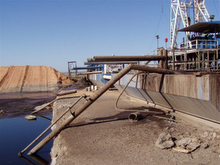



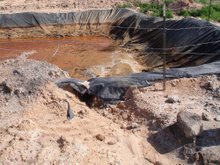

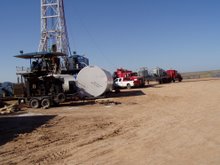
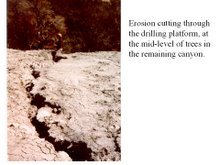
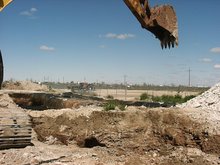

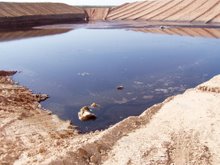
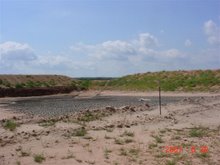
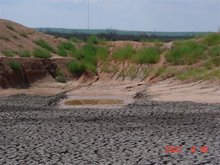
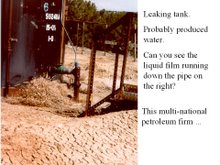
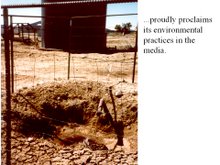
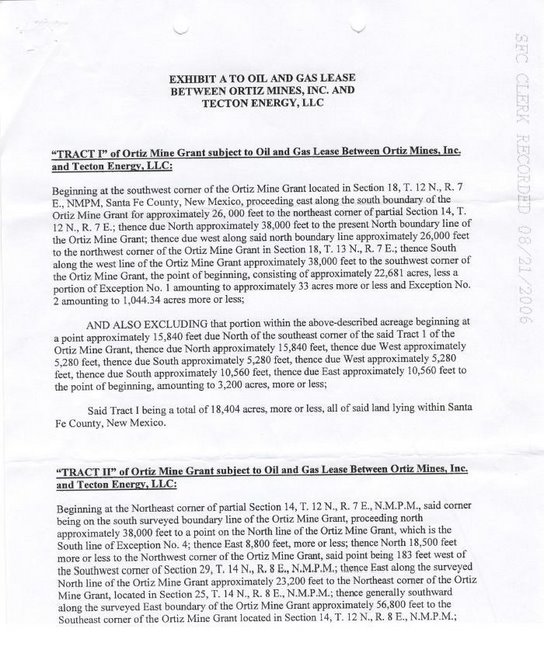
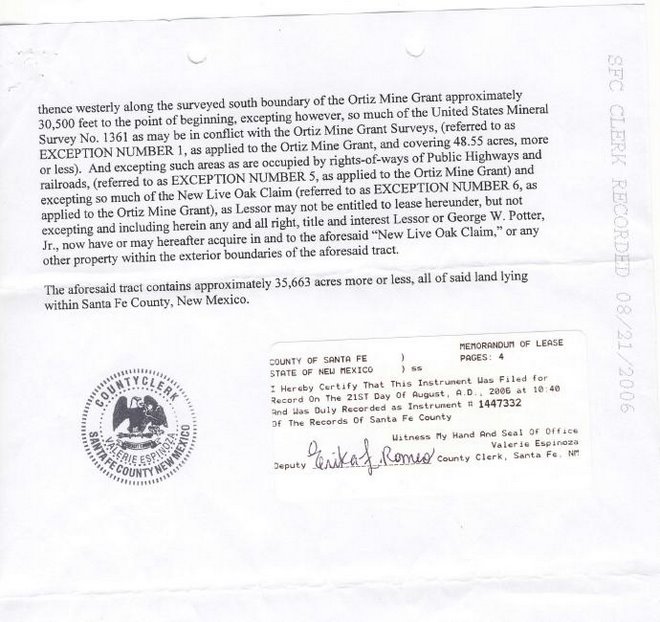
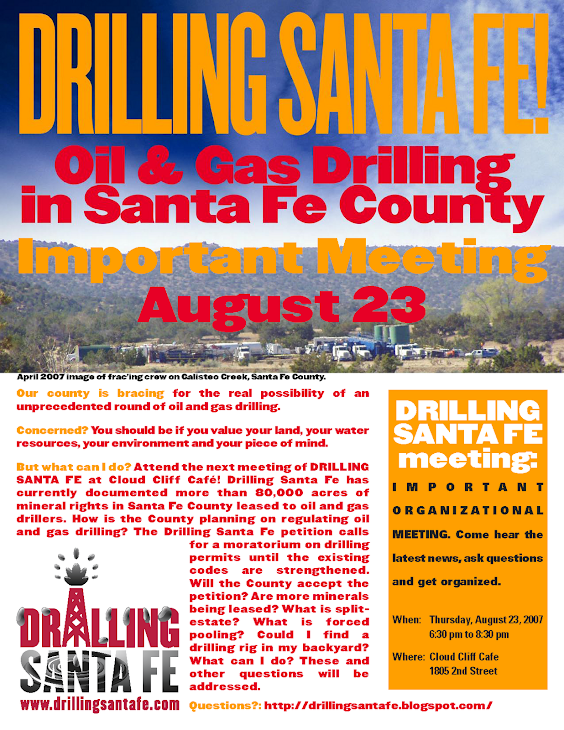

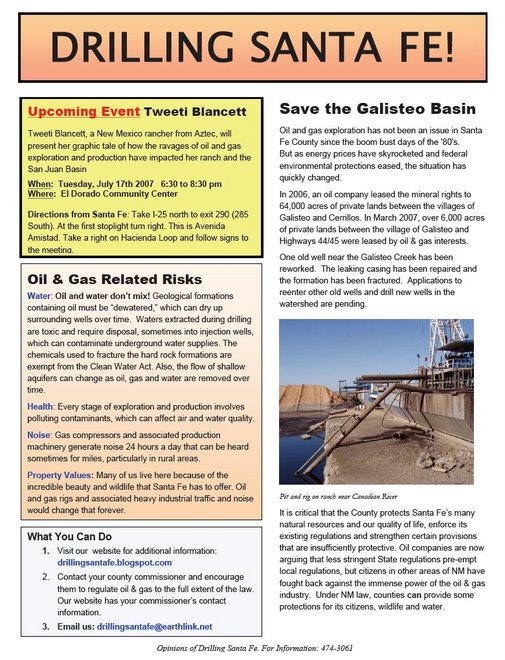

No comments:
Post a Comment